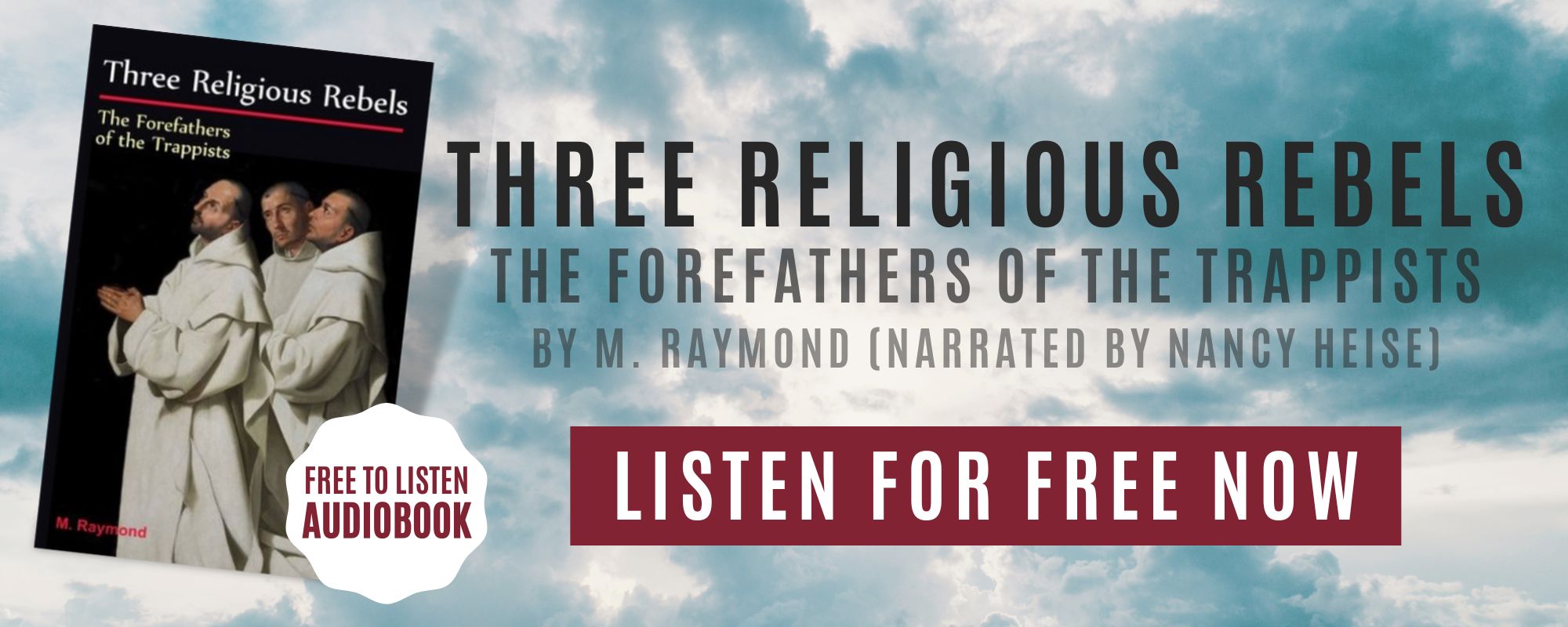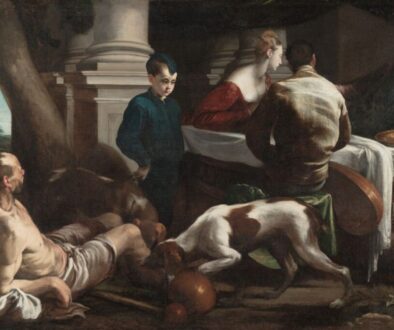The Catholic Woman’s Guide to Modest and Elegant Fashion

Published June 27, 2021
The words “Catholic modest dressing” often conjures up an image of a woman who is barely exposing any skin. We often associate it with high-neck collars, long sleeves, and hems that extend all the way down to the ankles.
But dressing modestly as a Catholic woman is more than just hiding as much skin as possible. Yes, Catholic women need to give more thought to how they dress in public. But that doesn’t mean they have to look like someone straight out of a Victorian novel.
To really understand the Catholic concept of modest dressing for women, let us first delve into the topic of modesty.
What is Modesty?
According to the dictionary, modesty is showing propriety in dress, speech, or conduct. But it can also be the quality of not being too proud or confident about yourself or your abilities.
This tells us that modesty is not only about outside appearance but what’s on the inside matters too. To be modest is being simple and unpretentious in thoughts, words, and actions.
In Christianity, modesty is seen as the key to preserving purity in mind, body, and spirit. It’s a virtue that stems from chastity, temperance, and self-control. This is manifested in how a person speaks, acts, and dresses.
For centuries, modesty is seen as a symbol of Catholic femininity. In modern settings, a modest woman not only commands respect. She also knows how to respect the boundaries of intimacy and puts God in the center of her relationships.
The Marian Dress Code by Pope Pius XI
In January 1930, Pope Pius XI released a decree concerning modesty. In it, he explained the views of the Church with regard to the topic. More importantly, he outlined the Mary-like standard for modesty in a dress which is as follows:
A dress cannot be called decent which is cut deeper than two fingers breadth under the pit of the throat; which does not cover the arms at least to the elbows; and scarcely reaches a bit beyond the knees. Furthermore, dresses of transparent materials are improper.” (The Cardinal Vicar of Pope Pius XI).
- Marylike is modest without compromise, “like Mary,” Christ’s mother.
- Marylike dresses have sleeves extending at least to the elbows; and skirts reaching below the knees. [N.B. Because of impossible market conditions quarter-length sleeves are temporarily tolerated with Ecclesiastical Approval, until Christian womanhood again turns to Mary as the model of modesty in dress.]
- Marylike dress requires full coverage for the bodice, chest, shoulders and back; except for a cut-out about the neck not exceeding two inches below the neckline in front and in back and a corresponding two inches on the shoulders.
- Marylike dresses do not admit as modest coverage transparent fabrics — laces, nets, organdy, nylons, etc. — unless sufficient backing is added. However, their moderate use as trimmings is acceptable.
- Marylike dresses do not admit the use improper of flesh-colored fabrics.
- Marylike dresses conceal rather than reveal the figure of the wearer; they do not unduly emphasize the parts of the body.
- Marylike dresses provide full coverage — even after the jacket, the cape or the stole are removed.
- Slacks or ‘jeans’ are not to be worn to church.
Marylike fashions are designed to conceal as much of the body as possible rather than reveal it. This would automatically eliminate such fashions as tight fitting slacks or ‘jeans’, sweaters, shorts; shorts which do not reach down at least to the knees; sheer blouses and sleeveless dresses, etc. These Marylike standards are a guide to instill a sense of modesty. Women and girls who follow these standards and who look to Mary as their ideal and model will have no problem of modesty in dress. She who follows these standards will not be the occasion of sin nor a source of embarrassment or shame to others.

Looking at all these, you might be thinking “what?!” with an utter look of disbelief. Yes, these guidelines seem too austere, and following it to the letter might have you looking like a prudish spinster.
Besides, most of these don’t really fit in with modern notions of femininity and freedom of expression. But instead of taking these literally, let’s try to look at the why behind these pronouncements.
First and foremost, this pronouncement was issued in 1930 – almost a century ago. It was a time when women have fewer rights and more restrictions. The pronouncement was issued to promote modesty and chastity in women.
In those times, the traditional Catholic belief that women who “dressed appropriately” make better wives was still very much prevalent. As such, modesty in dress and actions makes a woman more attractive. But clothing standards for women (and men) have come a long way since then. What’s considered inappropriate then is now acceptable in this century. Back then, people believe that wearing jeans or a short skirt can reduce a woman’s respectability.
But such is not the case in modern society. Today, a woman is valued not so much on her choice of clothes but on how she carries herself. She doesn’t anymore have to hide behind shapeless clothing. She can wear a sleeveless dress or a short skirt and still be respectable.
Modest Can Also Be Elegant
Dressing modestly doesn’t necessarily mean wearing clothes that were fashionable when your grandmother was in her prime. Modest fashion can be elegant too.
In fact, there are a lot of online shops that specifically sell modest clothing. You can also find some great designs on Amazon.
When shopping for modest clothing, a good rule of thumb is to think about what the blessed mother would wear if she lives in today’s world. Choose something modest but not prudish, elegant but not too revealing. Trust me, there’s a wide range of options in between.
Looking at all these, you might be thinking “what?” with a disbelieving expression. Yes, these guidelines seem too austere and following it to the letter might have you looking like a prudish spinster.
Besides, most of these don’t really fit in with modern notions of femininity and freedom of expression. But instead of taking these literally, let’s try to look at the why behind these pronouncements.
First and foremost, this pronouncement was issued in 1930 – almost a century ago. It was a time when women have fewer rights and more restrictions. Clothing standards of those times vary significantly from that of today. What’s considered inappropriate then is now acceptable in this century.
The pronouncement was issued to promote modesty and chastity in women. Back then, people believe that wearing jeans or a short skirt can reduce a woman’s respectability.
But such is not the case in modern society. Today, a woman is valued not so much on her choice of clothes but on how she carries herself. She doesn’t have to hide behind shapeless clothing anymore. She can wear a sleeveless dress or a short skirt and still be respectable.
Modest Can Also Be Elegant
Dressing modestly doesn’t necessarily mean wearing clothes that were fashionable when your grandmother was in her prime. Modest fashion can be elegant too.
In fact, there are a lot of online shops that specifically sell modest clothing. You can also find some great designs on Amazon.
A good rule of thumb when shopping for modest clothing is to think about what the blessed mother would wear if she lives in today’s world. Choose something that’s modest but not prudish, elegant but not too revealing. Trust me, there’s a wide range of options in between.
Seek a Deeper Connection with God and Join Lay Cistercians of South Florida
Lay Cistercians of South Florida, is a community of lay people who seeks to have a deeper connection with God by living a life inspired by the monks and nuns through Lay Monasticism. Learn more about what is a Lay Cistercian on our website. Anyone who aspires to do the same as us, and is a confirmed Catholic is welcome to join us! We meet every second Saturday of the month at Emmanuel Catholic Church in Delray Beach, Florida.

This Content Has Been Reviewed For Accuracy
This content has undergone comprehensive fact-checking by our dedicated team of experts. Discover additional information about the rigorous editorial standards we adhere to on our website.

About The Author
Judy Ponio is a professional writer for the Lay Cistercians blog and a devoted Catholic. She works hard to ensure her work uses accurate facts by cross checking reputable sources.




